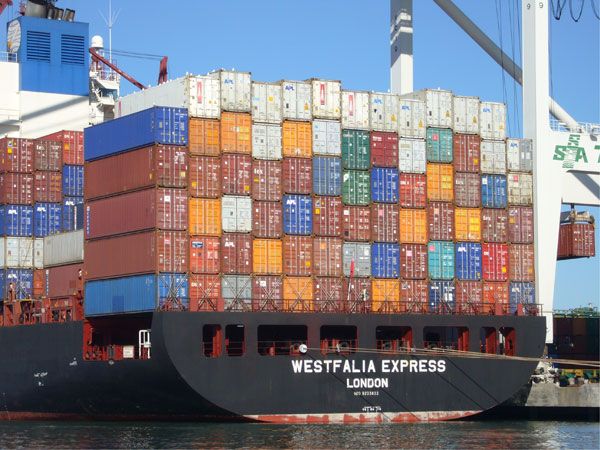Fiscal Crisis Failed to Curb Global Warming Emissions

Believe it or not, there is a potential upside to the global financial crisis that began in 2007. However, it now appears that benefit — namely, putting the brakes on greenhouse gas emissions, and, as a result, global warming — never fully materialized, according to an analysis of two important sources of the greenhouse gas carbon dioxide.
While a decline in economic activity means fewer greenhouse gas emissions, the most recent crisis seems to have created only a dip in the road to a warmer planet, the analysis indicates.
In fact, after the predictable downturn, emissions of the greenhouse gas carbon dioxide from two prominent sources climbed to a record high, the researchers found.
"The (global financial crisis) was an opportunity to move the global economy away from a high emissions trajectory," write the researchers, led by Glenn Peters of the Center for International Climate and Environmental Research in Norway, today in the journal Nature Climate Change. "Our results provide no indication of this happening, and further, indicate that the global financial crisis has been quite different from previous global crises."
The rebound in emissions makes the goal of limiting global warming to 3.6 degrees Fahrenheit (2 degrees Celsius) more difficult to achieve. Negotiators, gathered in Durban, South Africa, are attempting to figure out a solution. [How 2 Degrees Will Change Earth]
Economic crises mean fewer things are sold or built and less fossil fuel is burned as individuals and corporations keep tighter grips on their pocketbooks. This research relied on two crucial sources of carbon dioxide — the burning of fossil fuels, such as gasoline in cars, and cement production, which accounts for 5 percent of human carbon dioxide emissions.
Global carbon dioxide emissions from these sources have dropped in years past; one example was the oil crisis of 1979. And in 2009, during the financial crisis, global emissions dropped by 1.4 percent.
Sign up for the Live Science daily newsletter now
Get the world’s most fascinating discoveries delivered straight to your inbox.
But last year, emissions of carbon dioxide increased by 5.9 percent, reaching a record high and swallowing up any reduction that occurred during the crisis, according to preliminary estimates.
The rapid rise may have been the result of easing energy prices, government investment intended to speed economic recovery and high economic growth in the developing world, the researchers write.
You can follow LiveScience senior writer Wynne Parry on Twitter @Wynne_Parry. Follow LiveScience for the latest in science news and discoveries on Twitter @livescience and on Facebook.












